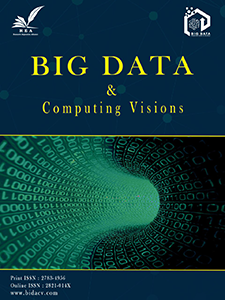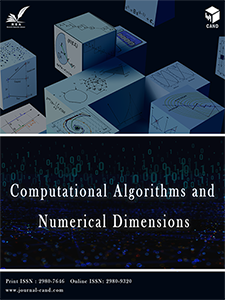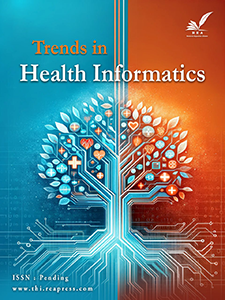Edge Computing for Low Latency IoT Application in Urban Mobility
DOI:
https://doi.org/10.48314/ceti.vi.48Keywords:
Edge computing, Internet of Things , Smart city, AI optimization, Data privacyAbstract
Edge computing is transforming low-latency IoT applications related to urban mobility by allowing real-time data processing right at the point where it is generated. In smart cities, where connected vehicles, traffic sensors, and infrastructure generate enormous volumes of data, prompt decision-making is vital for optimizing traffic management, enhancing safety, and improving public transportation systems. This paper examines the role of edge computing in urban mobility scenarios, emphasizing its capacity to reduce latency, minimize bandwidth use, and improve reliability in areas with inconsistent connectivity. By handling data locally, edge computing enables swift reactions to evolving urban challenges and aids in the scalability of smart city projects. The results indicate that utilizing edge computing is crucial for developing efficient, responsive, and sustainable urban mobility solutions, ultimately aiding in the evolution of smarter cities.
References
Mohapatra, H., & Rath, A. K. (2020). IoT-based smart water. In IoT technologies in smart-cities: from sensors to big data, security and trust (Vol. 63, pp. 63–82). IET. https://B2n.ir/t17919
Baccour, E., Mhaisen, N., Abdellatif, A. A., Erbad, A., Mohamed, A., Hamdi, M., & Guizani, M. (2022). Pervasive AI for IoT applications: A survey on resource-efficient distributed artificial intelligence. IEEE communications surveys & tutorials, 24(4), 2366–2418. https://ieeexplore.ieee.org/abstract/document/9866918/
Zhang, K., Leng, S., He, Y., Maharjan, S., & Zhang, Y. (2018). Mobile edge computing and networking for green and low-latency internet of things. IEEE communications magazine, 56(5), 39–45. https://ieeexplore.ieee.org/abstract/document/8360848
Mohapatra, H., & Dalai, A. K. (2022). IoT based v2i framework for accident prevention. 2022 2nd international conference on artificial intelligence and signal processing (AISP) (pp. 1–4). IEEE. https://ieeexplore.ieee.org/abstract/document/9760623/
Abkenar, F. S., Ramezani, P., Iranmanesh, S., Murali, S., Chulerttiyawong, D., Wan, X., … & Raad, R. (2022). A survey on mobility of edge computing networks in IoT: state-of-the-art, architectures, and challenges. IEEE communications surveys & tutorials, 24(4), 2329–2365. https://ieeexplore.ieee.org/abstract/document/9910565/
Oladimeji, D., Gupta, K., Kose, N. A., Gundogan, K., Ge, L., & Liang, F. (2023). Smart transportation: An overview of technologies and applications. Sensors, 23(8). https://doi.org/10.3390/s23083880
Martínez, H., Mauttone, A., & Urquhart, M. E. (2014). Frequency optimization in public transportation systems: formulation and metaheuristic approach. European journal of operational research, 236(1), 27–36. https://doi.org/10.1016/j.ejor.2013.11.007
Kumar, A., Kim, H., & Hancke, G. P. (2012). Environmental monitoring systems: A review. IEEE sensors journal, 13(4), 1329–1339. https://ieeexplore.ieee.org/abstract/document/6378389
Lin, Y., Lin, Y., & Liu, C. (2019). AItalk: A tutorial to implement AI as IoT devices. IET networks, 8(3), 195–202. https://ietresearch.onlinelibrary.wiley.com/doi/abs/10.1049/iet-net.2018.5182
Forouzan, B. A., & Fegan, S. C. (2007). Data communications and networking. McGraw-Hill Higher Education. https://B2n.ir/t19175




